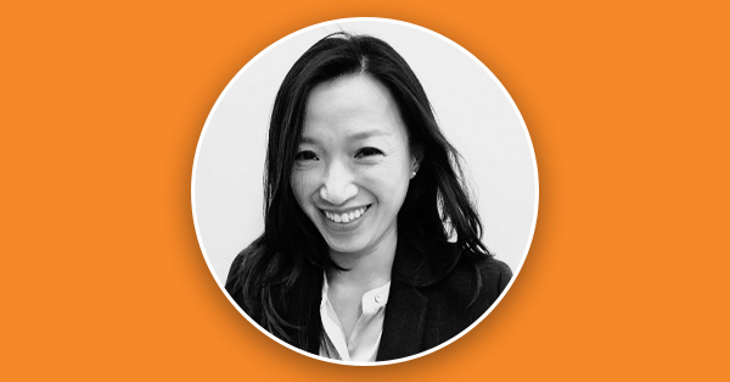
Catherine Chen: It’s absolutely critical. We want to make sure that the investment activities of the managers we use are in line with our policies and beliefs and those which we enact on behalf of our customers.
So, historically asset owners tended to fully delegate all the investment activities to asset managers with limited assessment of how they were actually managing our assets. Now, to exercise our stewardship responsibility, manager monitoring is vital to ensure that Asset Managers (AM) actually manage for us in line with what we promised our customers.
Catherine: Last year, we developed a RI manager monitoring framework to ensure that external managers do exactly what they intended, together with evidence and case studies to show that the practice is in line with the way we want to manage for our customers.
"Regular stewardship meetings with our existing asset managers are
conducted to keep healthy relationships."
The framework was designed to have annual due diligence questionnaire to cover 3 categories (1. Policy and resources, 2. ESG integration and 3. Voting and engagement) to assess asset managers activities on regular basis.
On top of the annual questionnaire, regular stewardship meetings with our existing asset managers are conducted to keep healthy relationships in order to work together toward better RI practices. A final dashboard is conducted to benchmark all the asset managers who manage assets for us, and we will engage closely with asset managers who don’t meet our RI expectations.
Catherine: The key challenges arise when we actually dive our noses into the fund level questions where the responses from asset managers are generally either very high level, or relatively commercial.
"We need to spend time on follow up meetings with asset managers or
fund managers to get our fund specific answers."
This is typical as most of the responses are filled up by asset managers’ RFP teams who may not be familiar with fund-specific questions. To tackle this challenge, we need to spend time on follow up meetings with asset managers or fund managers to get our fund specific answers.
Catherine: Our asset manager monitoring Due Diligence Questionnaire was composed by three categories. Therefore poor performance may result from any one category or various combinations of the three.
Based on their written responses or the meeting with our managers, we conclude our final rankings and flag them as red, amber and green.
For those fund managers that are classified in the red, we will compile all the feedback to them to and give them three years in total to improve.
We work through three stages. At the first stage they get a year to improve. If that doesn’t happen, we require a formal presentation on their plans. If problems extend to the third year we escalate to the board and propose an exit strategy.
"At the fund level, the third-party ESG fund rating data coverage is improving however, ESG fund rating on bespoke funds are limited."
Catherine: It's rather challenging in general, but the industry is moving towards a better status. At the fund level, the third-party ESG fund rating data coverage is improving however, ESG fund rating on bespoke funds are limited given its technical issues.
As an asset owner, we could obtain ESG fund rating data in terms of an aggregated basis (i.e., ESG rating from each of investee companies) but the fund level’s investment process from the ESG perspective is something we are eager to have from third party providers.